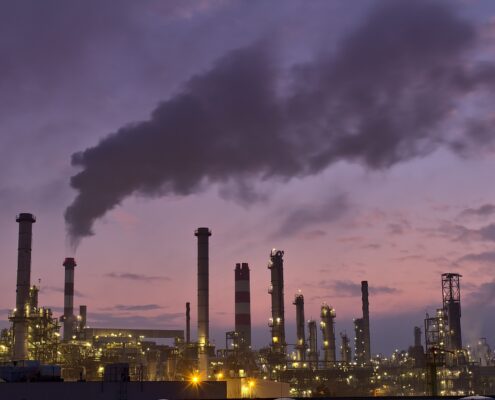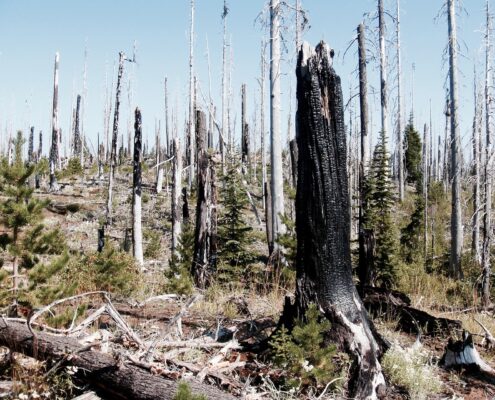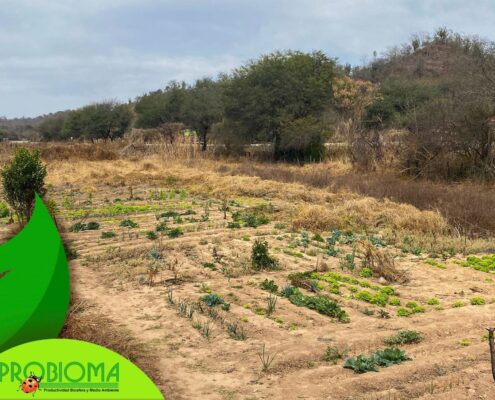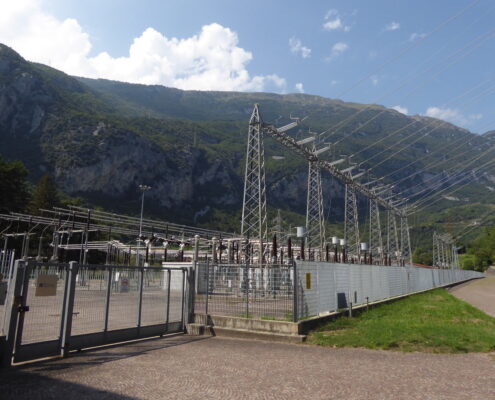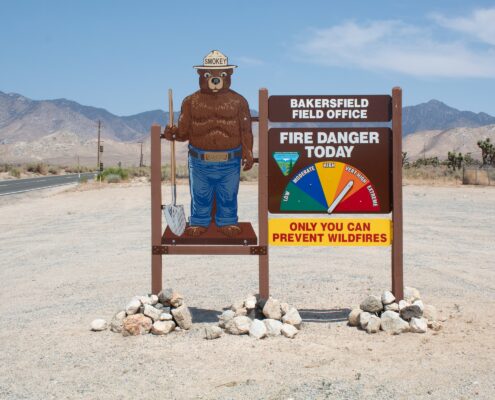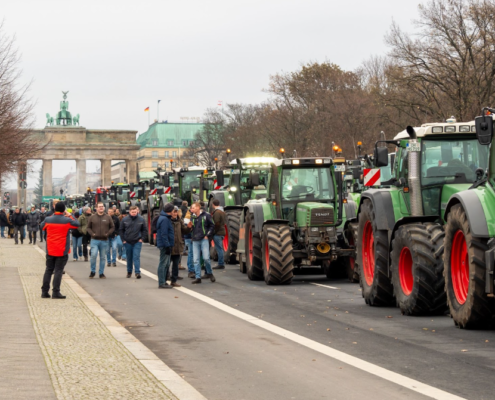 https://greenmarked.it/wp-content/uploads/2024/02/Farmer-strikes.png
671
900
Etienne Hoekstra
https://greenmarked.it/wp-content/uploads/2022/01/LOGO-GREENMARKED-SITO-600x600.png
Etienne Hoekstra2024-02-12 18:58:412024-02-14 10:21:44How the EU is Revising its 2040 Climate Targets amid Farmers' Strikes
https://greenmarked.it/wp-content/uploads/2024/02/Farmer-strikes.png
671
900
Etienne Hoekstra
https://greenmarked.it/wp-content/uploads/2022/01/LOGO-GREENMARKED-SITO-600x600.png
Etienne Hoekstra2024-02-12 18:58:412024-02-14 10:21:44How the EU is Revising its 2040 Climate Targets amid Farmers' StrikesNovember 18, 2022
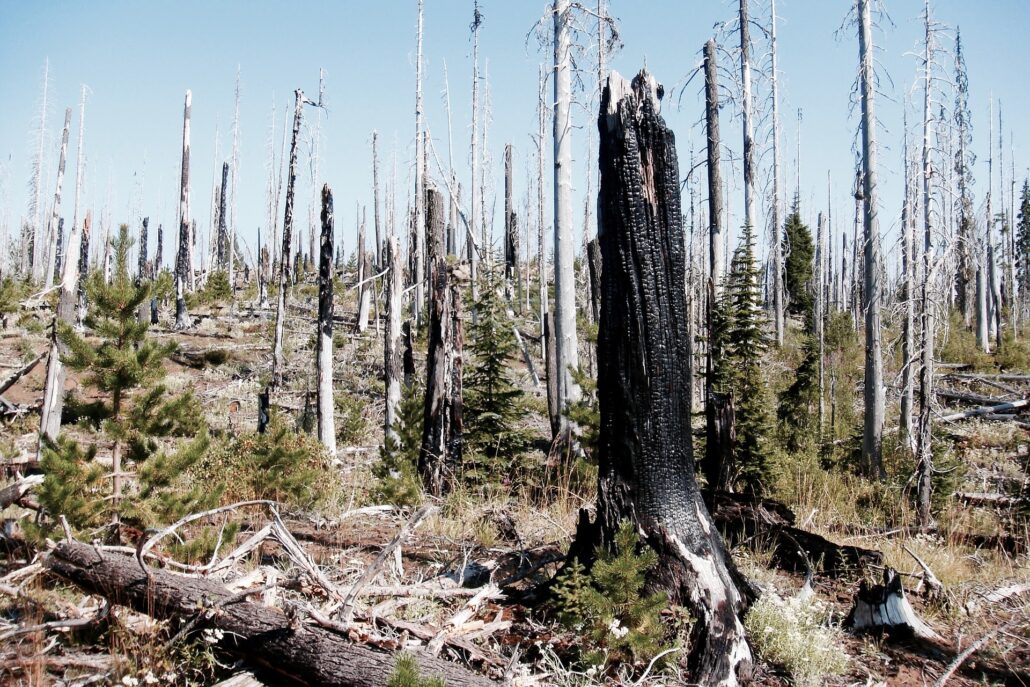
Carbon offsetting has become a popular means for corporates to compensate for their greenhouse gas (“GHG”) emissions. Corporate interests and investments in carbon offsetting grew tremendously last year, quadrupling the Voluntary Carbon Market value towards $2 billion. The biggest boost came from an accelerated trading volume in Nature-based Solutions and higher prices [1]. Nature-based Solutions are defined as:
“Actions to protect, sustainably manage and restore natural or modified ecosystems that address societal challenges effectively and adaptively, simultaneously providing human well-being and biodiversity benefits” [2].
It sounds like a win-win: more nature and fewer greenhouse gases, while companies can affordably meet their environmental obligations and polish their ‘green’ image. But what happens if such an offset forest goes in flames, so that all the stored CO₂ goes back up in the atmosphere? Wouldn’t the company still have to include the released CO₂ in its carbon accounting? And if not, are corporate net-zero pledges still credible? [3].
Critics partly reject this carbon compensation mechanism because the CO₂ emitted by companies stays in the atmosphere for centuries. Offset forests must be maintained for many generations to really offset those emissions. There are many risks, too. Trees are sometimes cut down (legally or illegally), they can get sick, and the CO₂ is slowly rereleased when they die. A forest fire can immediately wipe out all climate gains [3].
The total amount of CO₂ released from forest fires is exceptionally severe. The European Union’s Copernicus Atmosphere Monitoring Service (“CAMS”) calculated that in 2021, fires in the Northern Hemisphere released as much as 1.76 gigatons of CO₂, more than double the CO₂ emissions of Germany [4]. This year again, forest fires in Europe were responsible for many additional GHG emissions. Precise figures are not yet available, but CAMS argued it is inevitable that emissions from forest fires this summer were the highest in the last 15 years due to numerous fires in Spain, Portugal and France [5].
Other parts of the Northern Hemisphere face similar issues. Californian wildfires caused over 90 million tonnes of emitted CO₂, rounded up to twice the CO₂ emissions of California’s entire energy sector. Despite the wildfires, emissions trading based on forest certificates took off in California. To compensate for potential losses from forest fires, pests and other tree diseases, and human risks (e.g., illegal logging), forest companies selling emissions certificates must maintain a 20 % buffer of trees from which they cannot trade stored CO₂ [6]. According to NASA:
“Wildfires release carbon emissions that affect climate and drive climate change-related events that contribute to even more wildfires.” [6]
The question is whether forest certificates are sustainable over time. Critics have warned that buffer pools are “not large enough to cover the increased risk of the carbon benefits being reversed because of climate change” [7]. A recent scientific study revealed that California’s buffer pools have depleted nearly a fifth in less than a decade. At the same time, forest mortality from wildfires, diseases and insects, and droughts are likely to get significantly worse in our century, not better [8].
And who will account for the remaining gigatons of CO₂ caused by annual wildfires? The Paris Agreement has not yet established specific rules or guidance on how countries may account for natural disturbances in achieving their Nationally Determined Contributions [9]. The EU allows member states to exclude emissions resulting from natural disturbances such as forest fires from accounting [10]. However, only with full GHG accounting can the world manage its GHG emissions to achieve atmospheric concentrations that can support a stable climate [11].
ARTÍCULOS RELACIONADOS:
REFERENCIAS:
[1] The EM Insights Team (2022, 3 August). VCM Reaches Towards $2 Billion in 2021: New Market Analysis Published from Ecosystem Marketplace. Retrieved from https://www.ecosystemmarketplace.com/articles/the-art-of-integrity-state-of-the-voluntary-carbon-markets-q3-2022/
[2] Cohen-Shacham, E., Walters, G., Janzen, C. & Maginnis, S. (eds.) (2016). Nature-based Solutions to address global societal challenges. Gland, Switzerland: IUCN. xiii + 97pp. http://dx.doi.org/10.2305/IUCN.CH.2016.13.encuments/2016-036.pdf
[3] Luttikhuis, P. (2022, 3 October). Offsetting CO2 by planting trees – but then the forest burns down (Translated by author). Retrieved from https://www.nrc.nl/nieuws/2022/10/03/bosbranden-lastig-voor-bedrijven-met-groene-ambities-a4143972
[4] Abnett, K. (2021). This is how much carbon wildfires have emitted this year. Retrieved from https://www.weforum.org/agenda/2021/12/siberia-america-wildfires-emissions-records-2021/
[5] Copernicus. (2022, 6 September). Europe’s summer wildfire emissions highest in 15 years. Retrieved from https://atmosphere.copernicus.eu/europes-summer-wildfire-emissions-highest-15-years
[6] Buis, A. (2021, 22 February). The Climate Connections of a Record Fire Year in the U.S. West. Retrieved from https://climate.nasa.gov/ask-nasa-climate/3066/the-climate-connections-of-a-record-fire-year-in-the-us-west/
[7] Hodgson, C. (2021, 4 August). US Forest Fires Threaten Carbon Offsets as Company-Linked Trees Burn. Retrieved from https://insideclimatenews.org/news/04082021/us-forest-fires-threaten-carbon-offsets-as-company-linked-trees-burn/
[8] Badgley, G., Chay, F., Chegwidden, O. S., Hamman, J. J., Freeman, J., & Cullenward, D. (2022). California’s forest carbon offsets buffer pool is severely undercapitalized. bioRxiv. https://doi.org/10.1101/2022.04.27.488938
[9] Federici, S., Grassi, G., Harris, N., Lee, D., Neeff, T., Penman, J., Sanz, M.J., & Wolosin, M. (2017). GHG fluxes from forests: An assessment of national GHG estimates and independent research in the context of the Paris agreement. Climate and Land Use Alliance. Downloaded from https://www.climateandlandusealliance.org/wp-content/uploads/2017/07/GHG_forest_fluxes-main-paper.pdf
[10] European Parliament. (2018). Regulation (EU) 2018/841 of the European Parliament and of the Council of 30 May 2018 on the inclusion of greenhouse gas emissions and removals from land use, land use change and forestry in the 2030 climate and energy framework and amending Regulation (EU) No 525/2013 and Decision No 529/2013/EU. Official Journal of the European Union, 19, 1-25.
[11] Hudiburg, T. W., Law, B. E., Moomaw, W. R., Harmon, M. E., & Stenzel, J. E. (2019). Meeting GHG reduction targets requires accounting for all forest sector emissions. Environmental Research Letters, 14(9). https://doi.org/10.1088/1748-9326/ab28bb
Imagen de portada y vista previa Regrowing burnt forest. Free-source photo by marcmooney on Pixabay.


